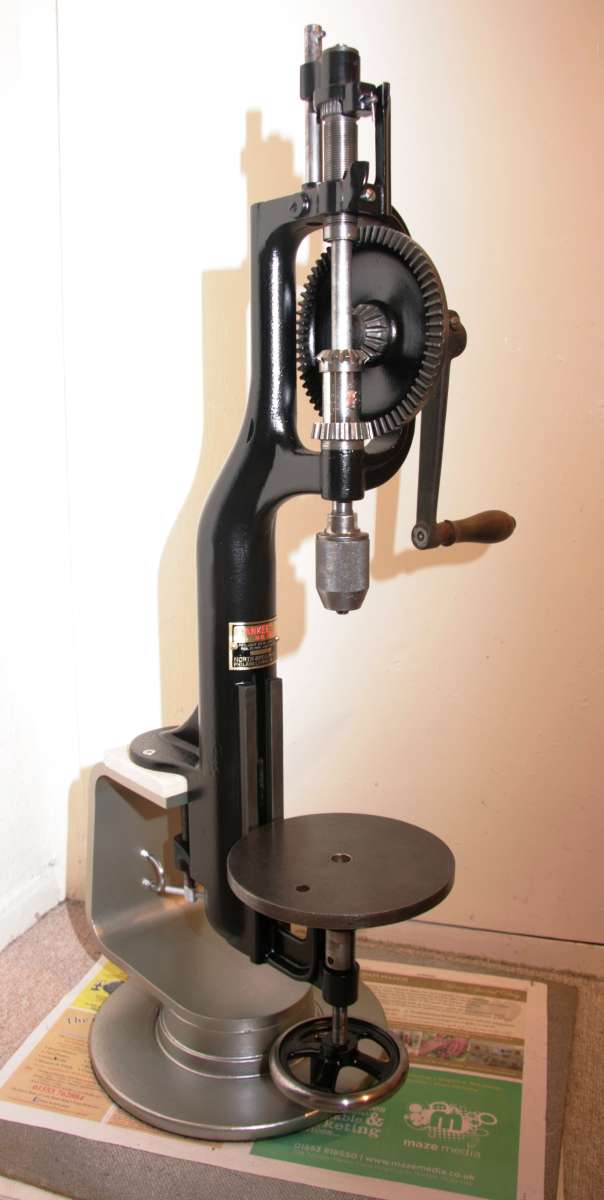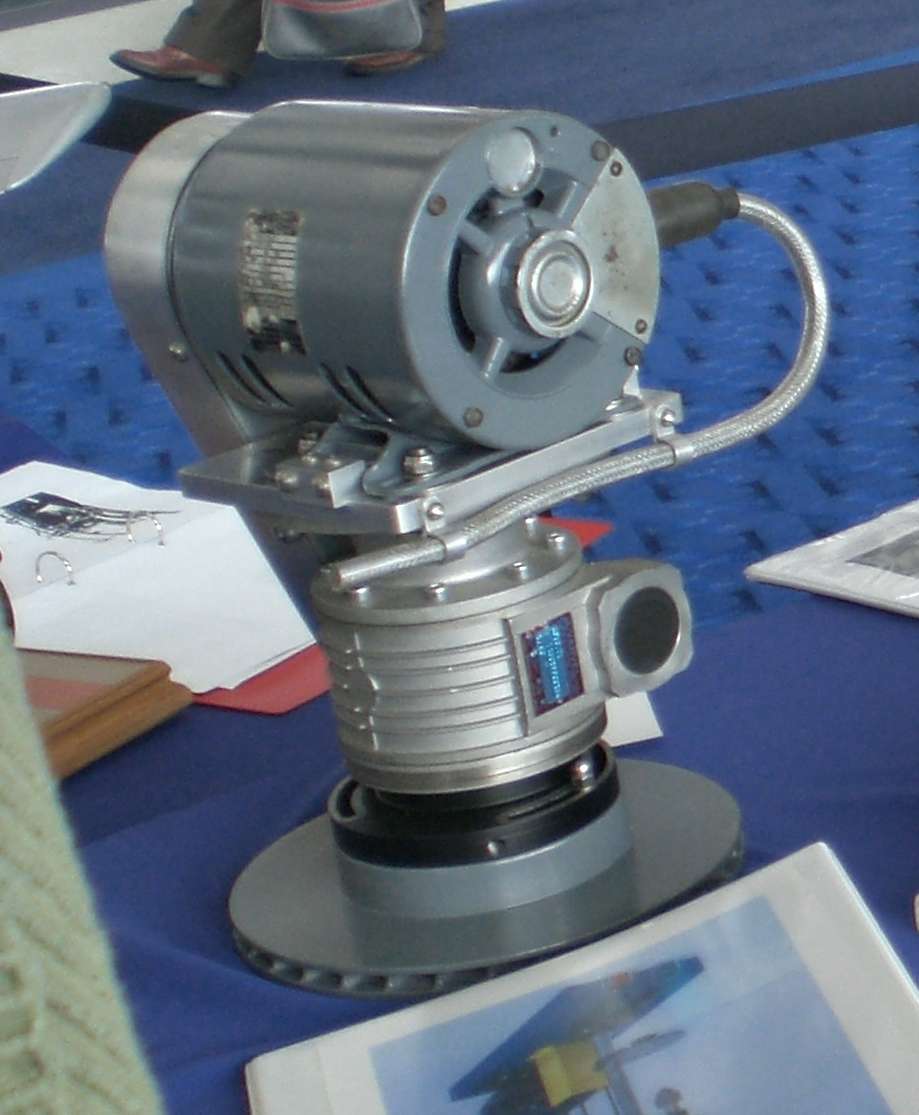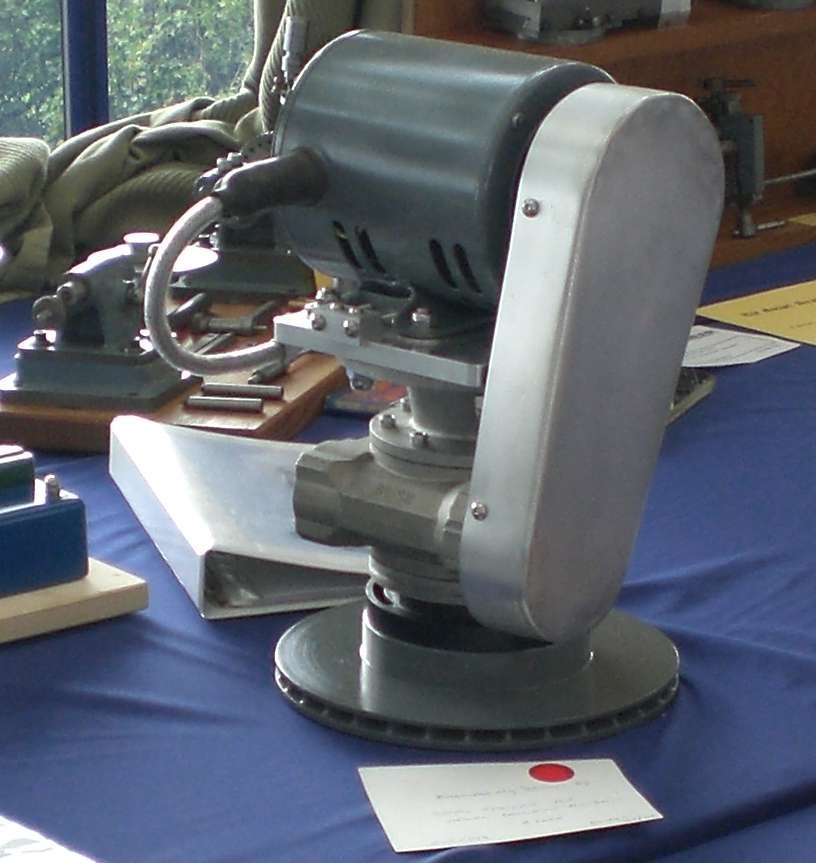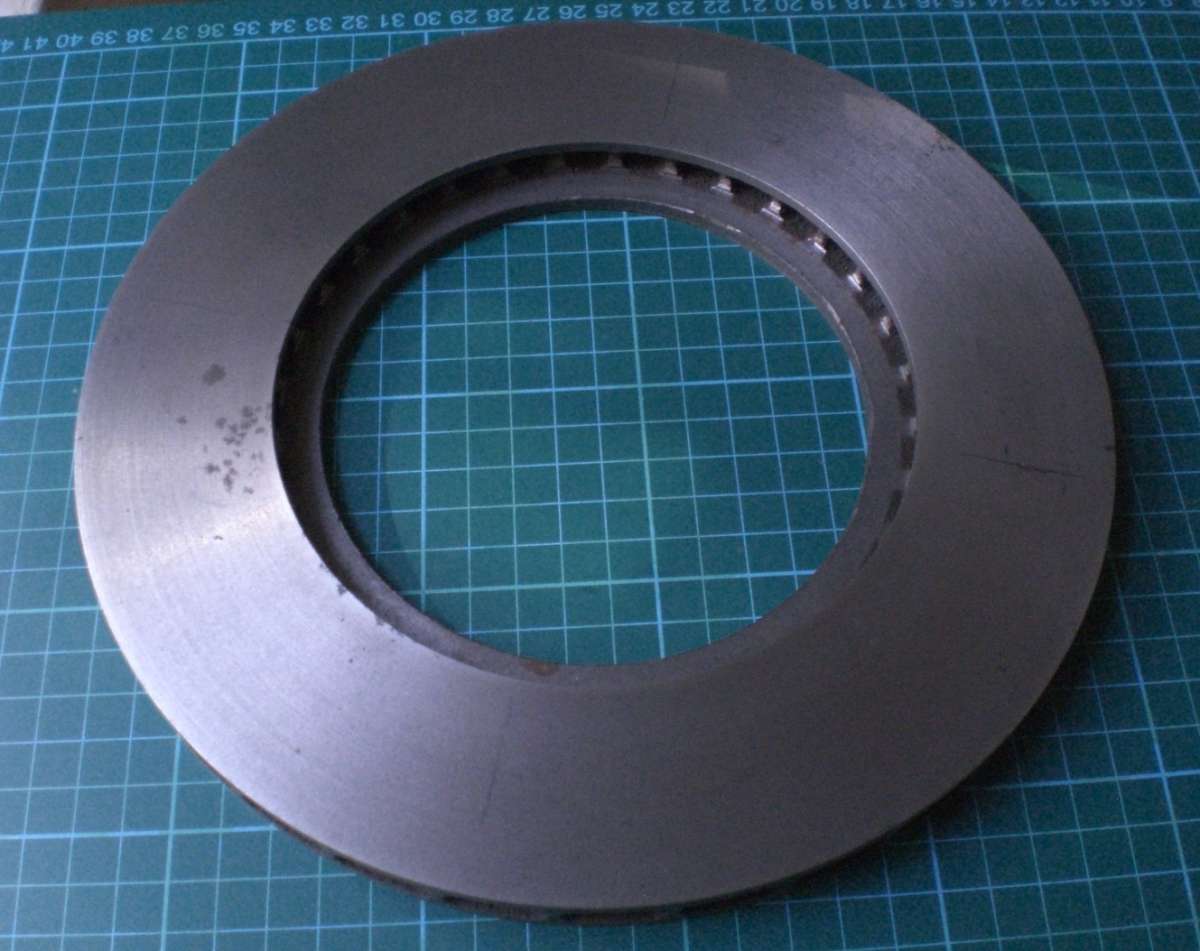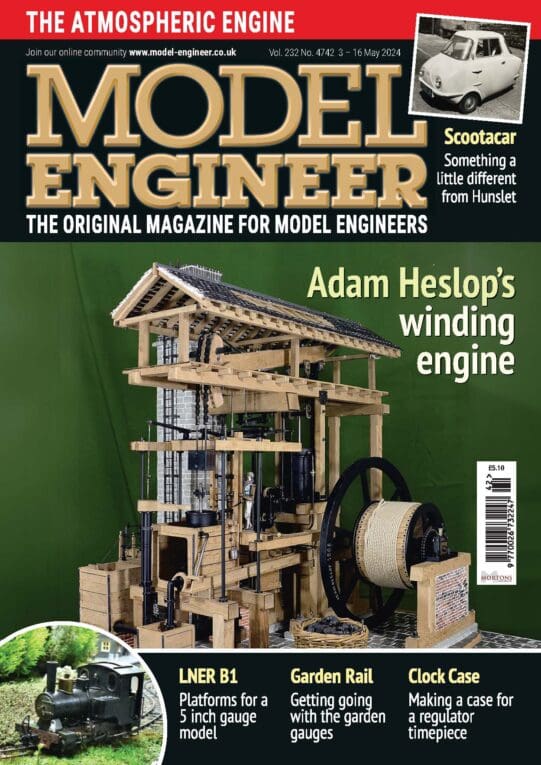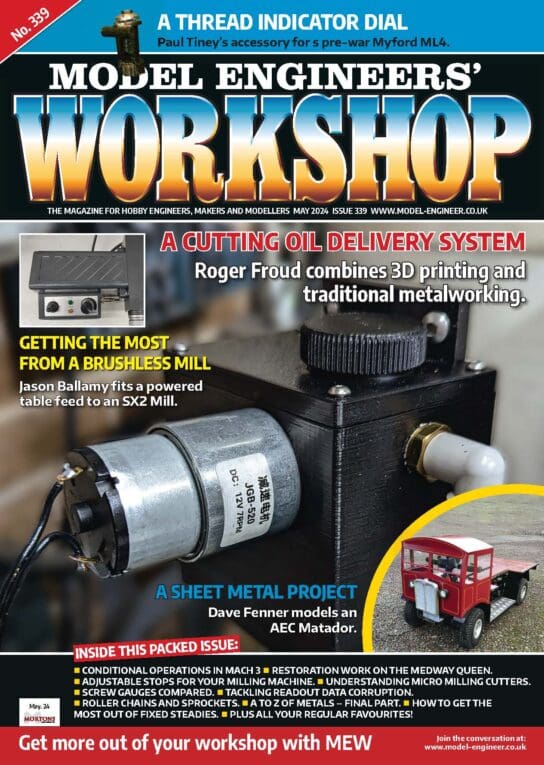I’m extra wary of scrap because it caused so much trouble when I was a complete beginner. Knowing I was going to make mistakes, I assembled a collection of scrap metal because it was cheap. Caused a host of problems, to the point I decided my new mini-lathe was useless, as were most of my drills, files, and saws!
Not so at all, by sheer bad luck, all my scrap was horribly difficult to machine, and this was compounded by various bits of DIY Store metal that also turned out to be nasty. I was struggling soft, sticky Aluminium that tore, gritty steel, work-hardening stainless, an awkward Brass, and some Induction hardened rod.
Thing is, when a designer chooses a metal, he usually goes with the lowest cost combination of material and manufacturing method that meets his requirements. As a general rule, processes other than machining are cheaper – casting, rolling, stamping, welding, grinding, laser and gas cutting etc. Many alloys don’t machine well, and there’s a strong move to thin out or replace metal with composites, plastics and concrete! In short, industrial designers don’t cater for hobbyists. Bought some weight-lifting lumps a few years ago at a car-boot hoping to get cast-iron. Nope, steel swarf compacted in resin. Never found an old sash-weight that wasn’t nasty too.
Took me a while to realise what my problem was. Then I did the unthinkable and flashed the cash necessary to buy known metal specifically meant to be machined. The difference was chalk and cheese – suddenly tools and techniques worked as expected, and I made rapid progress.
Bo’sun mentions Brake Drums being made of SG Cast-Iron, and that’s quite likely, especially old ones. Or, this being 2024, have Brake Drums been redesigned to improve performance or reduce weight or cost etc? Trouble is no-one knows for sure, and that’s a big problem – not having a specification means the metal’s suitability is a matter of luck, not judgement.
Mileage varies! Not much commercial machining done in my rural part of the world. Scrap might all be wonderful in Birmingham!
No problem with anyone experimenting with scrap, just be wide-awake to the possibility it’s unsuitable. If it works, you won. If not, buy the real thing.
Dave
duncan webster 1.


